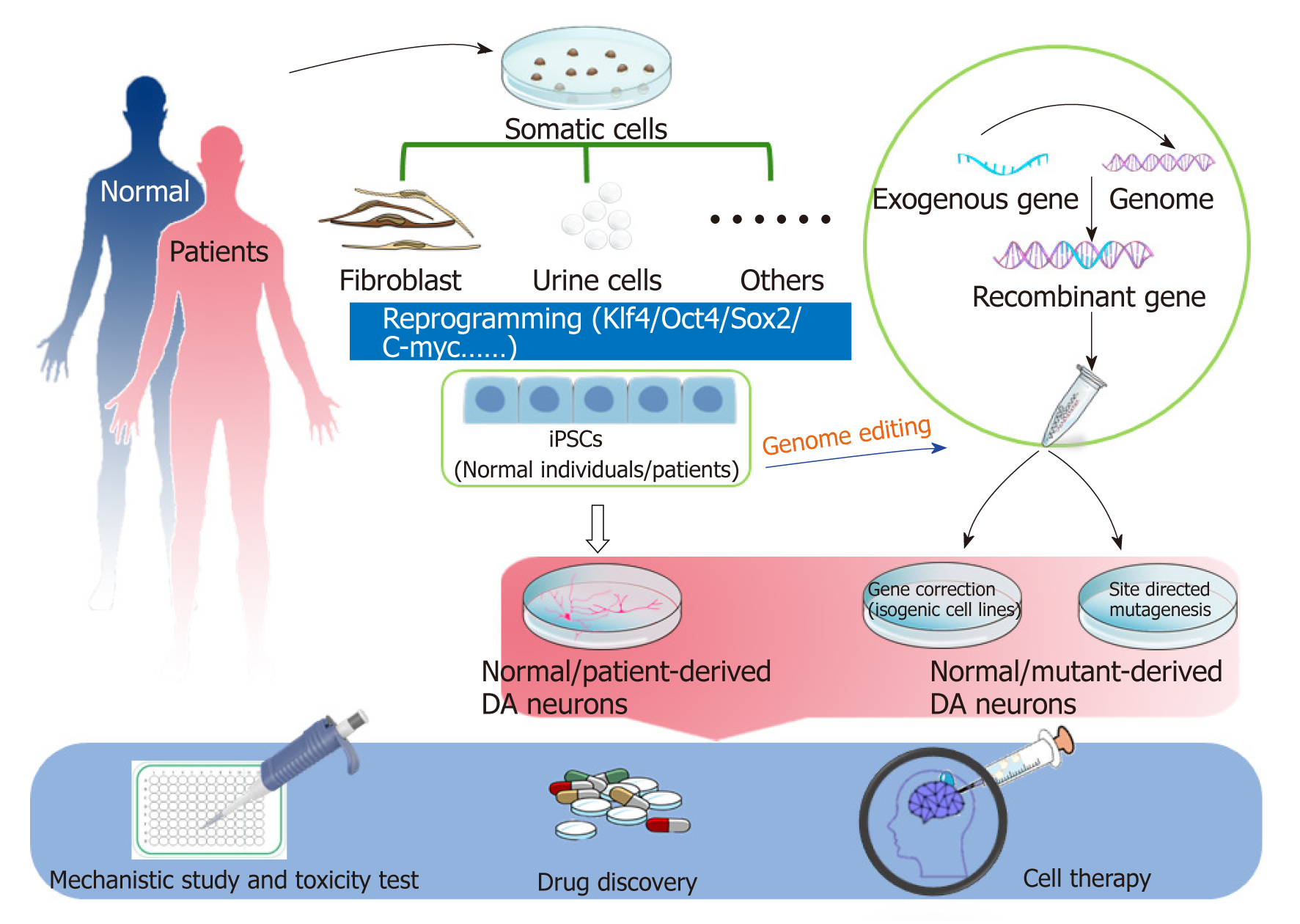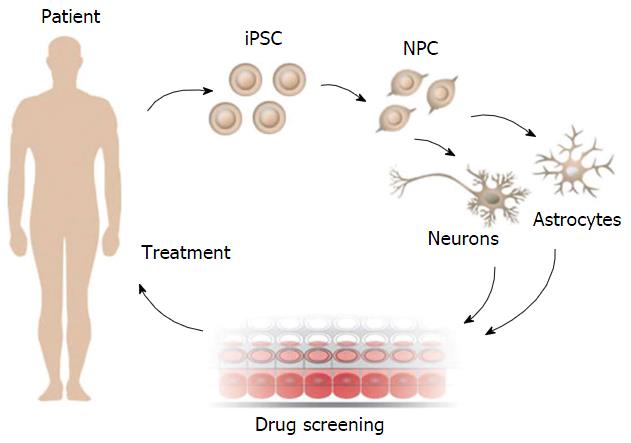
“In human embryonic development, the nervous system is one of the first structures to form, so it makes sense that stem cells that are early in development are best at producing brain organoids,” said Watanabe, who is also a member of the UCI Sue & Bill Gross Stem Cell Research Center. To answer this question, the team collaborated with pluripotency experts Kathrin Plath and Amander Clark from the UCLA Broad Stem Cell Research Center. They discovered that the developmental maturity of the stem cells from which an organoid is grown influences its quality, much as the freshness of ingredients influences the quality of a culinary dish. Simple enough. But why do some organoids better resemble the human brain than others? As the neural stem cells are forming, they can be coaxed to aggregate into 3D organoids. They then direct these iPS cells to create neural stem cells, which can produce most cell types found in the brain.
#Induced pluripotent stem cells skin#
To produce mini–brain organoids, which can range from 1 to 5 millimeters in diameter, scientists first take human skin or blood cells and reprogram them to become induced pluripotent stem cells - cells that can differentiate into any cell type in the body. “We’ll never be able to identify the subtle differences in brain structure and function - things that are relevant for patients with neurological disorders - if our organoids have the wrong balance of cell types or grossly irregular structure,” said Novitch, who is also director of the UCLA Brain Research Institute’s Integrated Center for Neural Repair.Ĭreating the best organoids: A question of maturity Having organoids that accurately and consistently recreate the structure and cellular makeup of specific sections of the brain is especially important for studying disorders like schizophrenia and autism spectrum disorder in which the brains of affected people often appear identical to neurotypical brains in structure yet exhibit marked differences in function.
#Induced pluripotent stem cells full#
In their new study, published today in Stem Cell Reports, Novitch, Watanabe and their colleagues propose guidelines based on their research that can help scientists overcome two major obstacles standing in the way of these organoids’ full potential: differences in uniformity and structure.

“We won’t know whose findings are correct because the differences we’re seeing could be reflections of how our models differ rather than reflections of the disease.” “If my lab and another lab down the hall were to conduct drug screens using mini–brain organoid models of the same disorder, we could still get different results,” said Momoko Watanabe, the new paper’s first author and an assistant professor of anatomy and neurobiology at UC Irvine. In fact, because there is no common protocol for their production and a lack of quality-control guidelines, organoids can vary from lab to lab - and even from batch to batch - which means that a finding made in one organoid may not hold true in another. “Right now, it’s like the Wild West because there is no standard method for generating mini–brain organoids,” said Bennett Novitch, a member of the Eli and Edythe Broad Center of Regenerative Medicine and Stem Cell Research at UCLA and the senior author of a new paper on the topic. “Every neuroscientist wants to make a brain organoid model of their favorite disease, and yet everyone’s organoids do not always look alike.” But not all mini–brain organoids are created equal and getting them to precisely mimic the human brain tissues they’re modeling has been a persistent challenge.

UCLA-led team discovers that using early-stage stem cells is a key to producing structures that are reliable models of diseaseīy using stem cells to grow miniature brain-like organs in the lab, scientists have opened a new avenue for studies of neurological development, disease and therapies that can’t be conducted in living people.


 0 kommentar(er)
0 kommentar(er)
